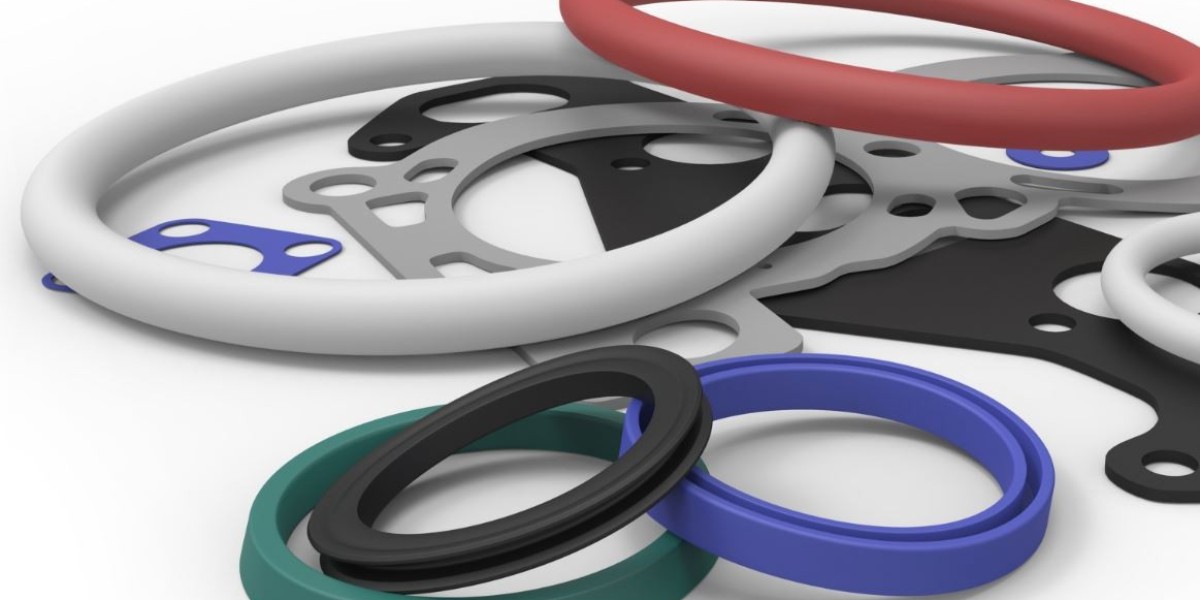O-ring seals are a marvel of engineering that often go unnoticed in our daily lives. These unassuming, doughnut-shaped rings play a crucial role in preventing leaks, maintaining pressure, and ensuring the functionality of countless machines and devices. In this comprehensive guide, we will explore the fascinating world of O-Ring seals, from their history and manufacturing process to their wide-ranging applications and future innovations.
A Brief History of O-Ring Seals:
1. The Origins
The story of O-Ring Seals begins in ancient Egypt, where cylindrical seals made of clay were used to stamp official documents. While these seals didn't resemble the modern O-rings we know today, they laid the foundation for the concept of sealing.
2. Development Over the Centuries
The first significant advancement in sealing technology came with the discovery of rubber in the 18th century. Charles Goodyear's invention of vulcanized rubber in the mid-1800s marked a turning point in the evolution of O-Rings.
3. Modern O-Ring Development
It wasn't until the early 20th century that O-Ring seals, as we recognize them today, came into existence. Swedish engineer Niels Christensen is often credited with inventing the modern O-Ring in 1937, using synthetic rubber materials. Since then, O-Ring technology has continued to advance, with improvements in materials and manufacturing processes.
The Anatomy of an O-Ring:
· Material Matters
O-Rings are typically made from a variety of materials, including rubber, silicone, and thermoplastic elastomers. Each material has unique properties that make it suitable for specific applications.
· Shape and Size
The standard O-Ring shape is circular, but they come in various sizes and dimensions to fit a wide range of sealing needs. The inner diameter (ID), outer diameter (OD), and cross-sectional diameter (CS) are critical dimensions that determine an O-Ring's size.
· How They Work
O-Rings work on a simple yet effective principle. When compressed between two surfaces, they form a tight seal that prevents the passage of fluids or gases. The resilience of the material ensures that the seal remains intact even under pressure or temperature variations.
Manufacturing O-Ring Seals:
· Material Selection
The first step in manufacturing O-Ring seals is selecting the appropriate material based on the application's requirements. Factors like temperature, chemical compatibility, and pressure levels dictate the choice of material.
· Precision Machining
Manufacturing O-Rings involves precision machining techniques. The chosen material is cut into the desired dimensions with extreme accuracy, ensuring consistency in size and shape.
· Vulcanization
Vulcanization, a process that involves curing the rubber with heat and sulfur, imparts the necessary elasticity and durability to O-Ring seals.
· Quality Control
Stringent quality control measures are essential to guarantee the reliability of O-Ring seals. Each seal undergoes rigorous testing to ensure it meets the specified standards.
Challenges and Future Innovations:
1. Challenges in O-Ring Technology
Despite their widespread use, O-Ring seals face challenges, such as chemical compatibility issues, wear and tear, and temperature extremes. Innovations are necessary to address these concerns.
2. Nanotechnology and Advanced Materials
Researchers are exploring the use of advanced materials and nanotechnology to create O-Ring seals with improved durability, flexibility, and resistance to harsh environments.
3. Smart Seals
The integration of sensors and monitoring capabilities into O Ring Seals could revolutionize maintenance practices. Smart seals can provide real-time data on seal performance, allowing for proactive maintenance.
Sustainable Materials
As environmental concerns grow, the development of sustainable O-Ring materials is gaining traction. Biodegradable and eco-friendly options could replace traditional rubber compounds.
Conclusion:
In our daily lives, we rarely stop to consider the critical role played by O-Ring and seals. These unassuming rings are the unsung heroes that ensure the smooth functioning of machines, vehicles, and countless other devices. Understanding their history, manufacturing process, and applications reveals the profound impact of O-Ring seals on modern life. As technology continues to advance, we can expect further innovations in O-Ring technology, cementing their place as essential components of our world.








